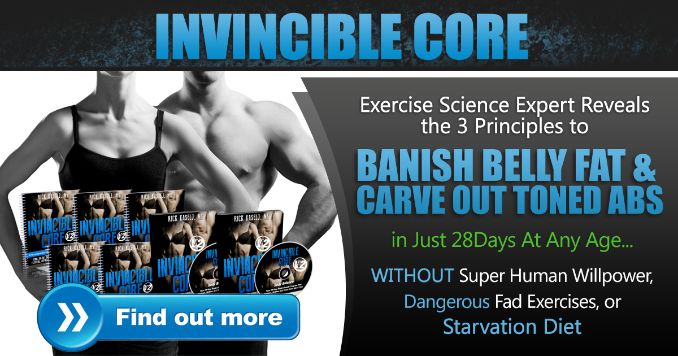
Ab training is an effective, time-saving, and efficient way to tone your core and lose inches from your waistline. It also provides a great boost to your posture that will help prevent injuries in the long run. Are you wondering how to work abs without pain? Check out these do’s and don’ts for ab training.
https://www.youtube.com/watch?v=7W15uMuHmNA
Why is it Vital to Focus on Compound Movements in Ab Training?
Compound exercises combine two or more muscle groups into one move to target even more muscles. Compound exercises differ from isolation exercises work only a single muscle group at a time. A traditional bicep curl is an isolation exercise meant to strengthen the biceps. Isolation exercises are sometimes beneficial in physical therapy. As well as rehabilitating certain muscles after injury because they can help develop the strength and stability of each muscle without putting too much load on the body’s joints.
Compound exercises have a higher chance of burning more calories in less time. Compound movements are made up of multiple joints. They work together to strengthen your muscles and build them up faster than individual exercises.
The benefits of these compound moves include improved stability, muscle strength, balance, and coordination as well as increased metabolism for the body’s most metabolically active tissue – skeletal muscles (muscles).
What is the Importance of Good Functional Movement Patterns?
Functional fitness is a term that has become more popular in recent years as it relates to exercise. It generally means training for the whole body instead of one muscle group or movement at a time, and stressing compound movements like squats, pushups, pull-ups, and lunges. These types of exercises are also known as “multi-joint” exercises because they involve using several joints such as your ankles when you squat down to perform leg presses with weights. This can reduce injury risk while still building strength where needed most: on your core muscles. With functional workouts becoming increasingly common among people who seek an alternative way to train than what’s offered by mainstream gyms these days, it makes sense why there would be so much interest in this type of fitness program now!
Here are other benefits:
- Increased Lean Muscles. Functional movements are exercises that protect and maintain the body’s natural range of motion. These activities improve joint function, prevent injury-causing overuse, help to maintain healthy body weight, muscle strength, tone as well as balance. Some functional movement examples include yoga poses, resistance training for example a dumbbell chest press or kettlebell swing for upper-body strengthening; physical therapy work like back extensions with bar on elbows or seated band hip abduction exercise.
- Improved Aerobic Capacity. Functional movements improve aerobic capacity by engaging in a variety of physical activities. These exercises are known to strengthen the muscles, increase bone density and flexibility, lose weight, and lower blood pressure.
- Improved Movements. Functional movements can help improve movement efficiency in a variety of ways. One way is by increasing the range of motion and strengthening the muscles through gradual progression. Another way functional movements improve movement efficiency is by reducing breakdowns, strains, and injuries due to overuse or misuse during sporting activities that require rigorous physical activity such as weight training.
- Coordination and Mobility. Functional training includes a range of exercises that improve performance and optimize balance, core stability, mobility, coordination. These types of exercise are used by athletes to increase their skill level in sports as well. People need to be aware of how functional training can help them achieve optimal health and fitness levels while avoiding injuries at the same time.
- Calorie Burning. Functional training can enhance the effect of traditional strength training. It is easier to transition into functional exercise than it is to start a new program, yet you will still be able to accomplish your fitness goals and have more fun doing so!
How Does Toxicity Level Affect Belly Fat?
A person’s level of toxicity determines the amount of inflammation in your body. This can be monitored by checking your cortisol levels and you should see a decrease once their toxic levels are lowered to normal. However, this alone will not lead to weight loss or better sleep patterns through aerobic activity or meditation; so one must take all possible measures- eating well-balanced meals, doing physical fitness activities such as running on treadmills- for weight loss, and sleeping better at night.
It is not easy to get rid of the toxicity in your body, but it’s possible. When you do this, inflammation will come down and people can sleep better. They might also be able to lose fat around their midsection with reduced cortisol levels which has been shown by research as a good way for weight loss when it comes from healthy sources like exercise or meditation.
Remember to listen to your body when embarking on any exercise routine. If a muscle feels tense, stop and find another alternative workout until the muscle is healthy again. When you’re just starting, it’s best to consult with a trainer before pushing your limits too far with an intense program that might strain muscles already healing from injury or improper workout technique.
For your guide to toned and strong abs, check out the Invincible Core program, here!

